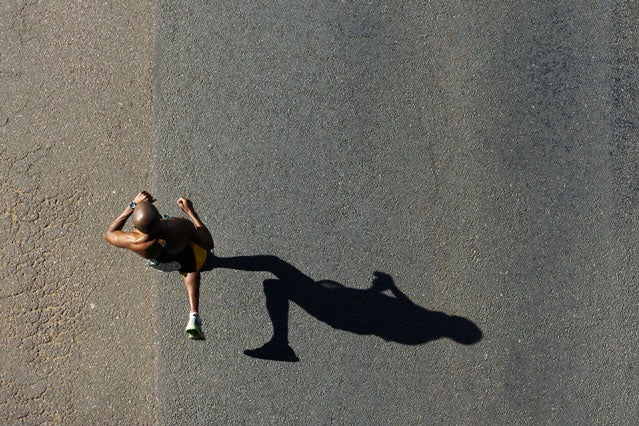Don’t treat the you’ll-ruin-your-back-man as some sort of prophet sent by the running gods. Perhaps that guy hurt his back in the past. Perhaps he remembers the study that came out in 2004 about how students’ . But even that study found that pain typically set in when students were hoisting packs weighing more than of their body weight. You may be a lithe marathoner, but 20 or so ounces is not even close to a fifth of your mass.
Most studies examining the ill effects of carrying heavy packs focus on military personnel, rather than recreational runners. One such study found that the back’s muscles than when carrying nothing at all.
So as far as your back is concerned, it looks like your 20-ounce hydration belt shouldn’t create a problem if you don’t already have one. Just to make sure, we posed your question to Jon Austen, director of product management at .
“Based on product testing, for a typical runner 20 ounces should be a non-issue,” Austen said. What CamelBak has found, as far as comfort and stability are concerned, is that people can carry a maximum of about 50 ounces of water on their waist, or about three pounds, before they prefer to carry the weight on their backs.
Carrying your load as close to your body as possible is what’s important. Whether you do so with a pack higher on your back or on your hips seems to be more a matter of personal preference than damage prevention. CamelBak makes hydration backpacks that hold up to 100 ounces of water for long runs, and you’re currently nowhere near carrying that sort of weight—unless you’re toting an ’80s brick of a cell phone.
As far as the rest of your body is concerned, staying hydrated, fueled, and safe during a 17-mile training run is extremely important. And it appears you did all of those without sacrificing your back in the process.


